I have a 9V power supply. I split it in half using a voltage divider buffered through a TL071 op amp. I use the +4.5V rail to power an ATmega328P. The microcontroller has one pin attached to an LED through a 330-ohm resistor.
The problem that I'm having is that whenever the LED is on, the voltage available to the microcontroller on the positive rail drops by about 570mV. The voltage on the negative rail also becomes more negative by 570mV. The voltage across the positive and negative rail remains 9V. It's the virtual ground that's shifting.
I think the reason may be that when the LED is on, the microcontroller+LED draw more current than the op amp can sink (any current drawn from the positive rail must be sunk through the op amp right? no where else for it to go) and so that causes the potential of the virtual ground to rise. Is that what's going on?
The microcontroller draws 17mA by itself when the LED is off. It outputs about 3.5V (the circuit isn't entirely accurate since it shows the LED being driven from the positive rail; it's actually driven from a microcontroller pin), and the LED requires 1.7V, so that's 1.8V dropped across the 330-ohm resistor, for an additional 5mA or so. I looked at the data sheet for the TL071 but was unable to find any information about how much current it can sink.
Is my understanding correct? How much current can the TL071 virtual ground handle? If the TL071 is the limiting factor, is there another op amp that would do a better job?

simulate this circuit – Schematic created using CircuitLab

